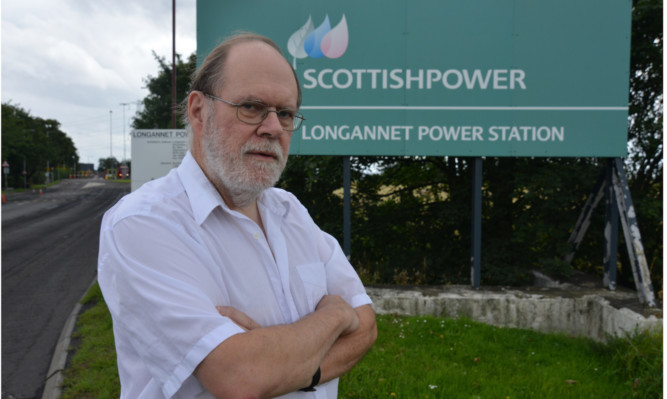Did Wind Turbines Kill Longannet?
Fife Conservatives have argued that may have been the case.
“In the lead up to the sad announcement that Longannet power station is to close, much has been made of high transmission charges,” said Conservative group leader on Fife Council, Dave Dempsey.
While these arise from Longannet’s location, far from the biggest centres of demand down south, the Fife Conservatives are asking whether Scotland’s large excess of theoretical generating capacity, much of it from wind turbines, was a contributory factor.
Longannet has a massive bill to connect to the National Grid its location greatly disadvantages the station against others in the south of England, due to the current trans- mission charging regime.
This means the Fife plant faces a transmission penalty of £40 million per year, solely because of its location.
Mr Dempsey said: “The process for calculating these charges is fiendishly complicated, but a number of things are clear.
“It costs money to generate electricity far from where it’ll be consumed.
“There’s the transmission infrastructure to maintain, power is lost during transmission, the loss increases with distance, transmitting large amounts requires high capacity all the way along the network, with no bottlenecks.
“The charging regime is based on times of highest demand.
“It looks at all the capacity and assumes that demand is met by every generator operating at the same fraction of its peak.
“So, if overall there was 10% spare, each generator would be assumed to running at 90%.
“It then works out the flows along the network and charges each generator according to how far its electricity had to travel.
“In this theoretical situation, Scotland would be generating roughly twice the power it needs so its electricity would need to travel the long distances south.
“If all of Scotland’s electricity came from a string of Longannets, we would probably accept that we had too many and that some ought to be closed down.
“However, it’s not like that,” he said.
Mr Dempsey argued that a large part of Scotland’s generating capacity came from wind turbines which “produce power sometimes”.
“That’s why we need other capacity to make up the gap when the wind stops.
“So it would seem that the proliferation of turbines has served to rack up the charges. We have an oversupply of an unreliable technology.
“Ironically, it looks as if Longannet’s demise may reduce the charges for other Scottish sites.”
Photo by George McLuskie
